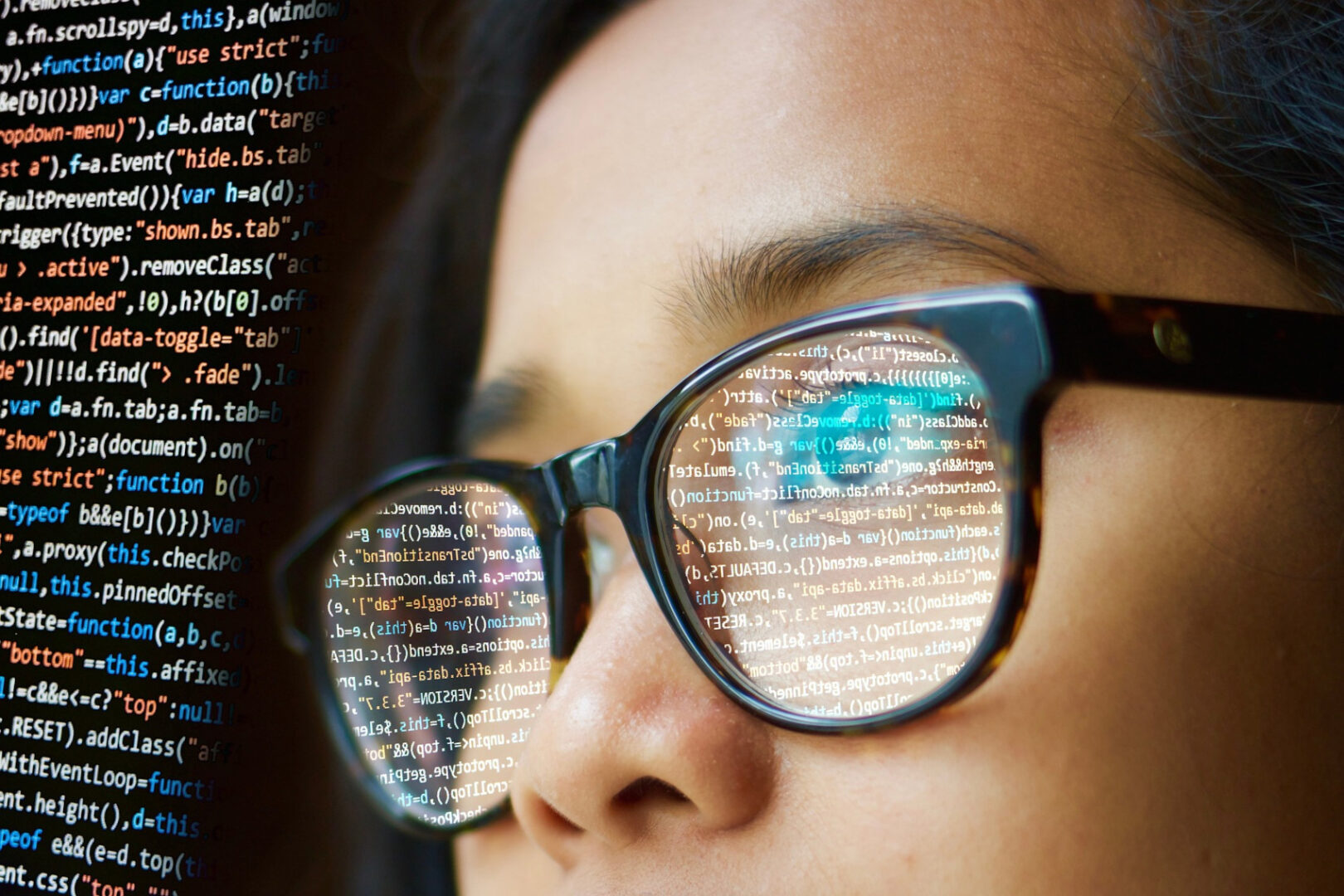Ask a 21st-century college professor to name a few of the biggest challenges to her art today and “Wikipedia” and “Social Media” are sure to top the list. For more than a decade, the prominence of digital devices in the classroom has been a growing challenge for teachers trying to hold their students’ attention–I’m sure I wasn’t the first person to program Tetris into my TI 83–and you don’t have to look much further than a college syllabus to see the bad rap Wikipedia holds in the academic realm. Many educators now expressly forbid the use of text-messaging, laptops, and smart-phones in their classes; while at the same time, schools from the primary grades on are trending toward tablet-based iBooks and higher-tech “smart” classrooms.
If these two tendencies seem contradictory, so do the myriad studies that inform them. It seems like the jury’s still out on the ultimate utility or detriment of social media and other technologies in the education world, but a couple of recent studies indicate a pretty intuitive analysis: the value of social media and technology in the classroom depends on the type of social media in question as well as the way students use it. Here’s an infographic breakdown of the pros and cons.
In a study made available online today, Authors Reynol Junco and Seila R. Cotten find that facebook and text messaging are the communication technologies most likely to negatively impact students’ grades. What about Twitter? An earlier study, also by Junco, found that academically relevant tweets between students, professors, and peers can boost student engagement and elevate grade point averages.
Meanwhile, the Wikimedia Foundation is looking to foster an “if you can’t beat us, join us” attitude among the academic community. Academic institutions from seven countries are currently participating in the second year of the Wikipedia Education Program, a program aimed at teaching students to become mindful Wikipedia contributors. Participating students from the U.S., Canada, Egypt, Germany, Czech Republic, Macedonia, and Mexico will be required to write and edit articles related to their area of study as a part of their regularly assigned coursework. Volunteer Wikipedia Ambassadors, both on campus and online, will assist professors in ensuring the quality and accuracy of students’ work. More than forty classes are participating in the U.S. alone this term, and the program plans to extend its reach to the U.K. and Brazil later this year.
![Wikipedia Program Participants [citation needed]](http://cdn.ientry.com/sites/webpronews/article_pics/Cropped_Wikipedia_Education_Program.jpeg)
Long derided by professors as an inaccurate and unacademic information source, Wikipedia might be able to garner a degree of academic respect (see what I did there?) if the program meets with continued success. At the very least, the students of tomorrow might be plagiarizing better-informed content.
It’ll take a while yet, but it looks like educators are learning to work more organically with popular websites and technology, rather than shoehorning learning into obsolete modes of instruction or rigidly-designed academic software. It’s the virtual elephant in the classroom: members of Gen Y and beyond are going to bring their digital world into learning. Teachers’ success ultimately rides on their ability to bring learning to the digital world.
What do you think? Does social media detract from traditional learning? Or are today’s teachers not doing enough to present their content in a relevant manner? Let us know in the comments.




 WebProNews is an iEntry Publication
WebProNews is an iEntry Publication